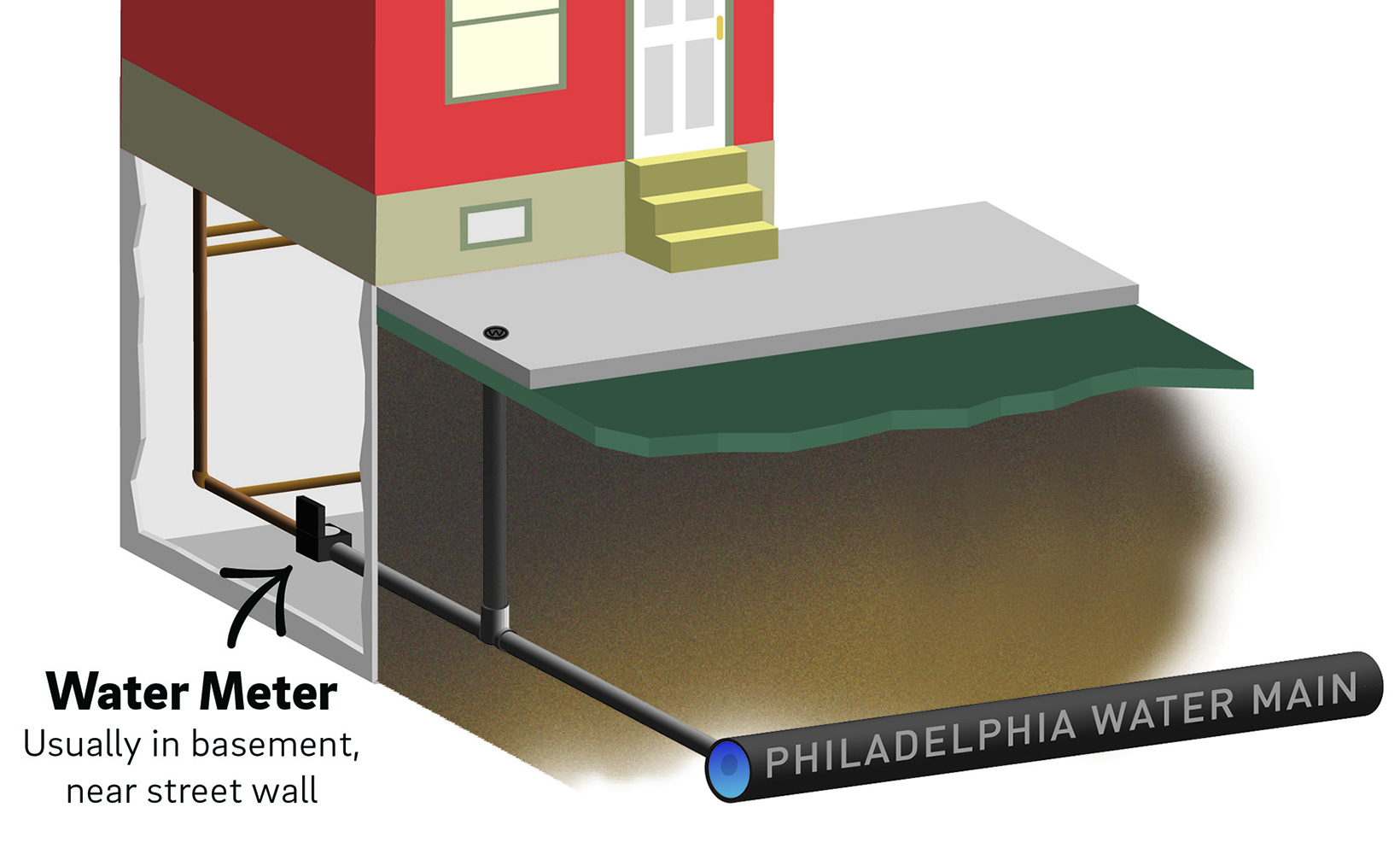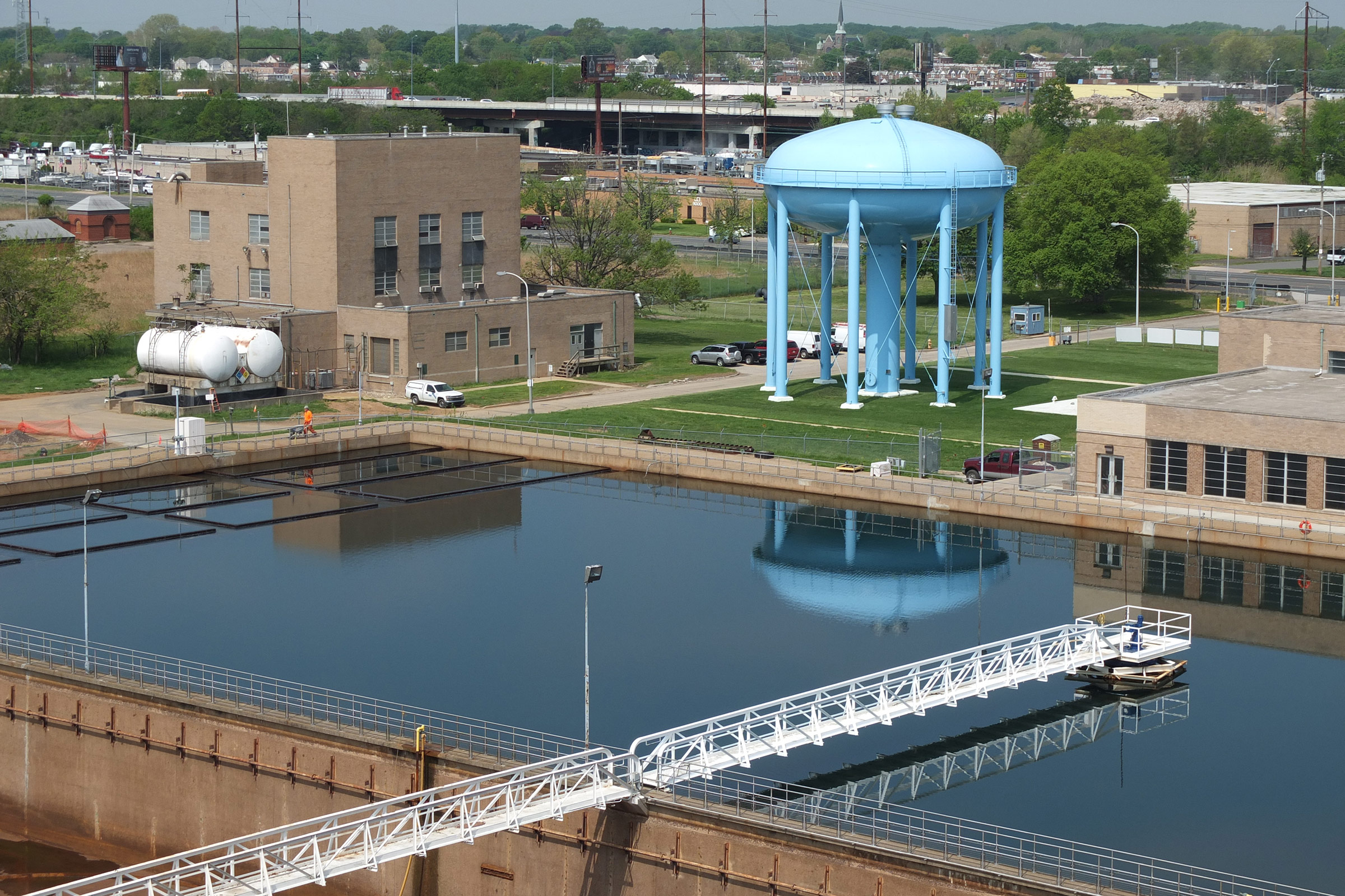
Do you know where your home water meter is and how it works?
It might be tucked away in the basement, but it plays an import role in our water system. Knowing how to get the most out your meter can help you avoid a large, unexpected bill caused by a running toilet or other hard-to-notice leaks.
We worked with Philadelphia Revenue to explain meters earlier in the year. Here are some highlights:
Meter basics + finding your meter
Looking for leaks
Why to look out for “Estimated Reading” on your bill
Reading a meter
Did you know? It's the responsibility of homeowners to safeguard meters from theft, vandalism, freezing, tampering, and other damage. Mishandling the meter or failure to protect it could result in fees or fines billed to the property owner. It is also important to maintain access to the meter, should you or PWD ever need to inspect, repair, or replace it. By keeping the meter in good condition, you will help make sure you maintain uninterrupted water service. You can see a meter diagram and learn more on page 11 of our guide for customers.
To check for a leak using your meter:
- Turn off all water inside and outside.
- Record all numbers displayed.
- Stop all water usage for at least several hours, either overnight or while you are at work.
- Read your meter again, and compare to the numbers you recorded.
If the meter shows you used water, record the difference to determine how much water is leaking. If a leak isn't apparent, a registered private plumber can help you detect the source.
Coming Soon: Smart Meter Tech in Philly
Our Advanced Metering Infrastructure (AMI) initiative means new technology will provide you with real-time water use data that can help detect leaks. This major initiative to update meters kicks off in 2019 and will also help us identify homes with lead service lines. Citywide, about 486,000 meters will be upgraded.
